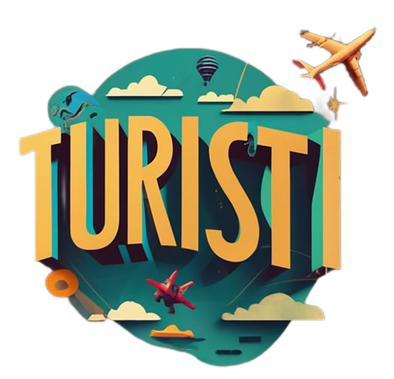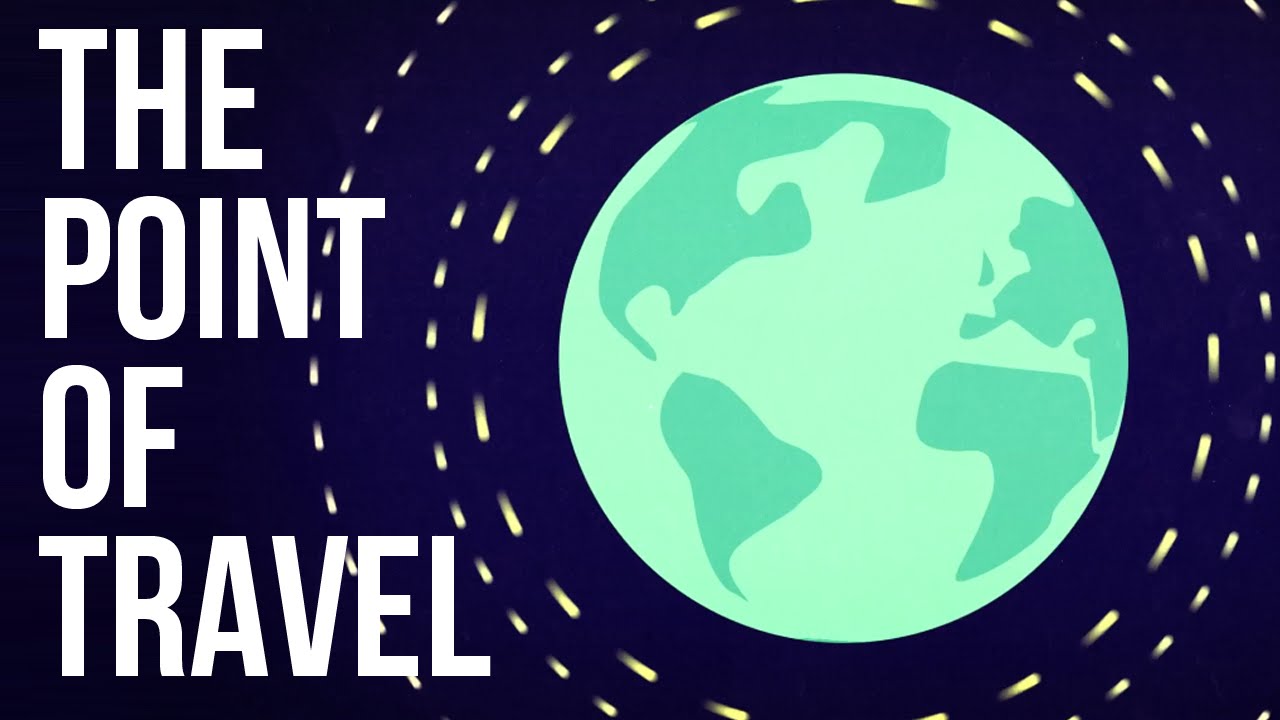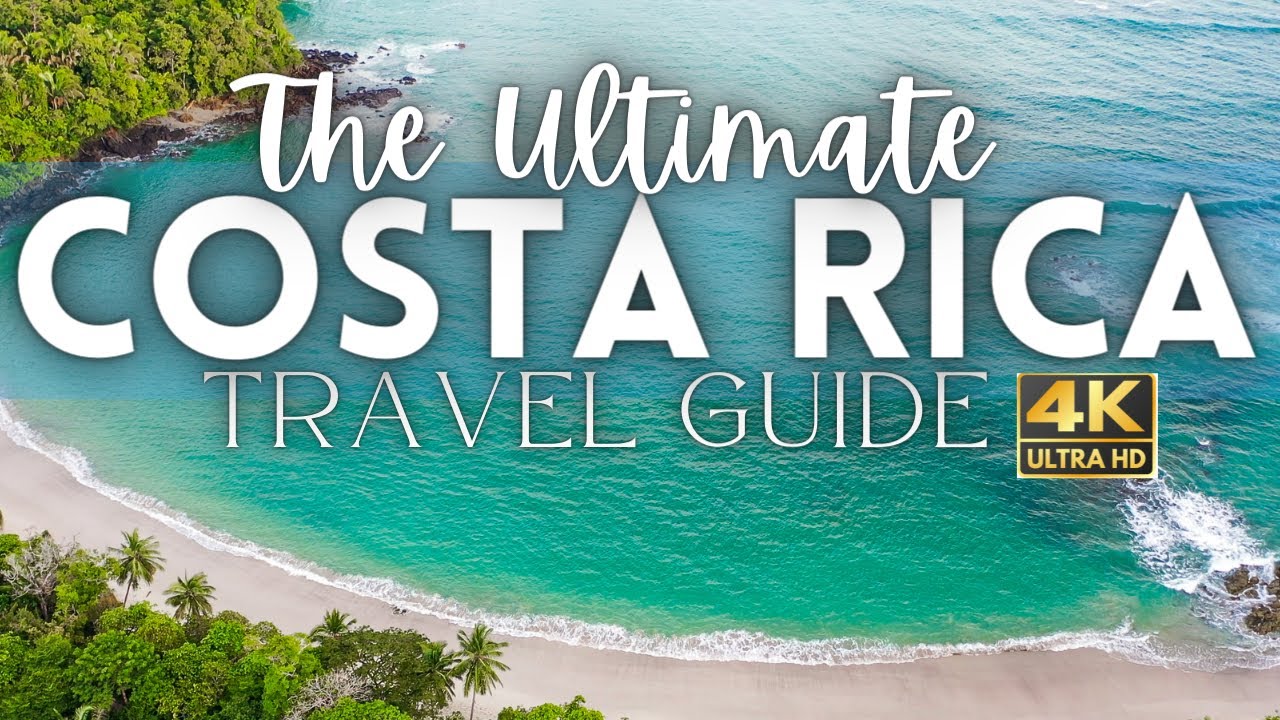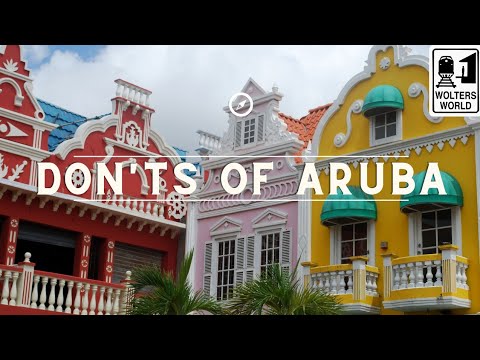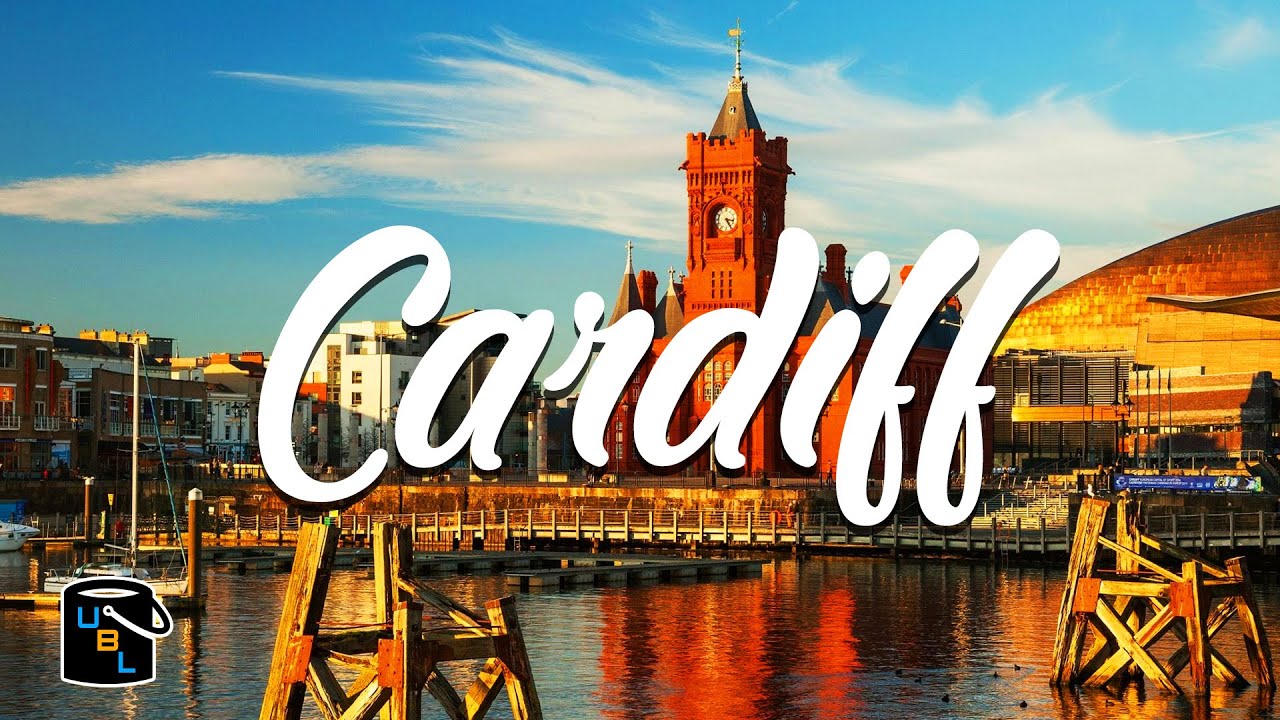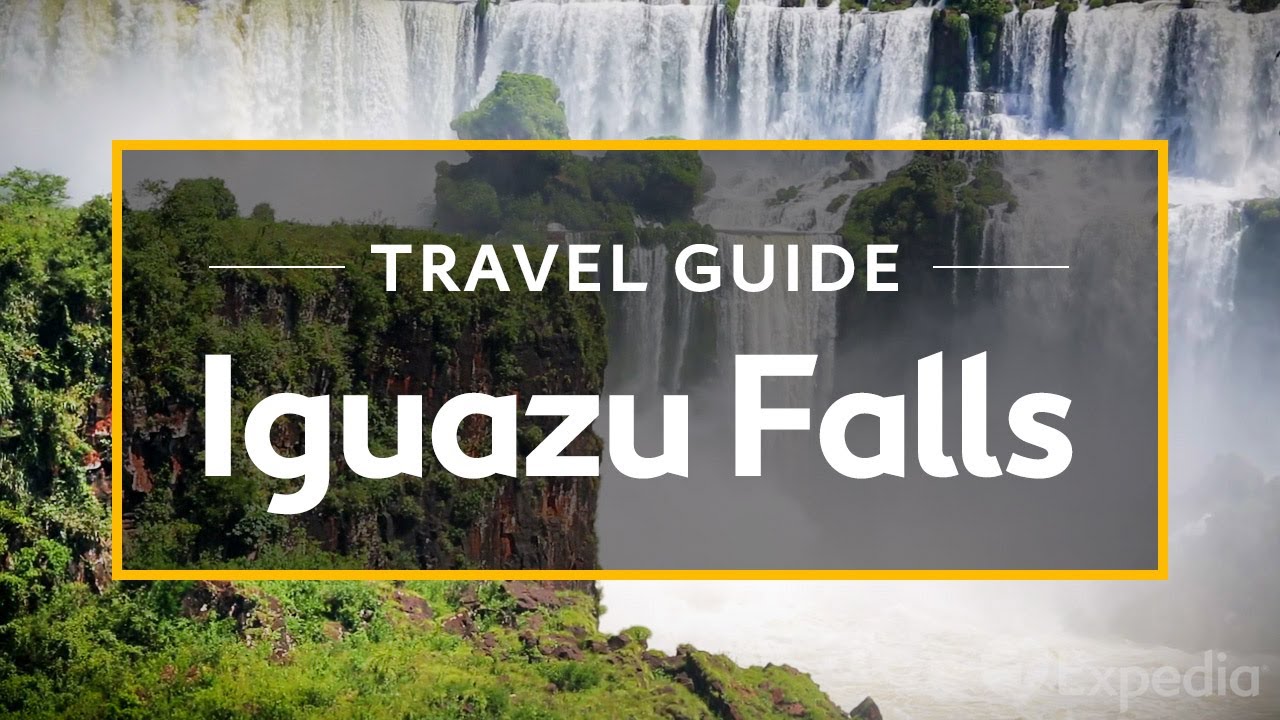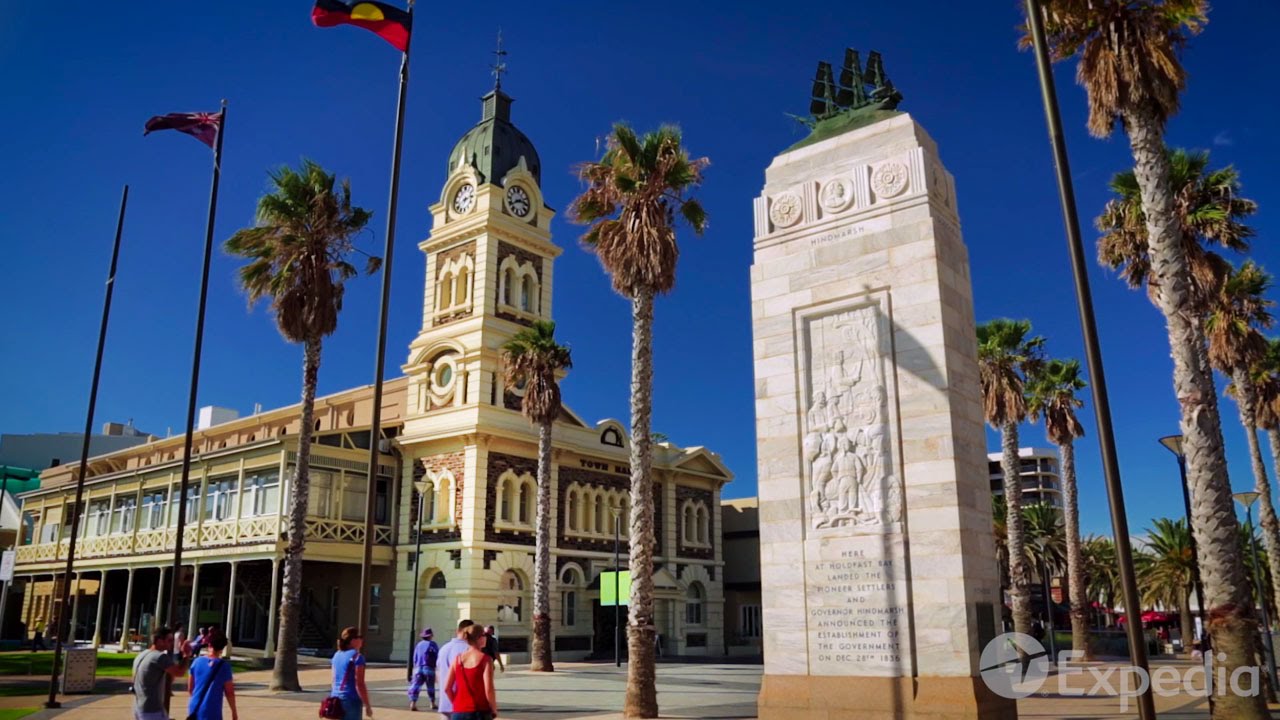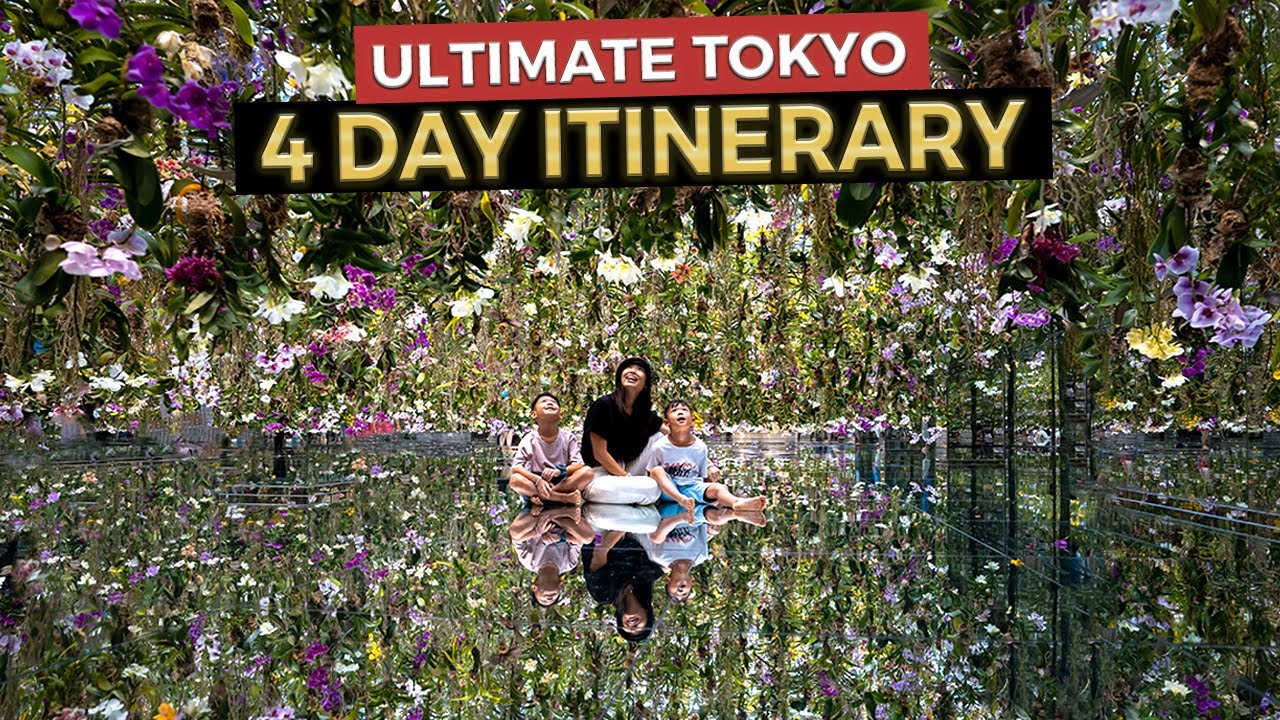Croatia (Hrvatska) is a country in Southeast Europe. Croatia shares a beautiful coastline along the Adriatic Sea
Welcome to Croatia, widely regarded as one of the most beautiful countries in the world, and visited by millions of tourists. You’re watching World Travel Guide, in this video we will take you on an epic journey to Croatia’s most fascinating towns and places, most of which are located on the beautiful Adriatic coast.
Croatia is a country at the crossroads of central and southeast Europe. It shares a beautiful coastline along the Adriatic sea. The country’s capital and largest city is Zagreb. Croatia is one of the most visited tourist destinations in Europe, with a total of 20 million annual visitors.
Tourism in Croatia is concentrated in the areas along the Adriatic coast, and is strongly seasonal. 8 areas in the country have been designated national parks, with an additional 11 as nature parks. There are also 10 sites in Croatia on the list of World Heritage Sites.
Dubrovnik, also known as the Pearl of the Adriatic, is a small coastal town with big character, nested at the southern tip of Croatia. Dubrovnik’s tumultuous history, breathtaking architecture and seaside landscape, make it the most popular destination in the Balkan region,
And one of the most popular in Europe. The town was first established around the 7th century, and was an independent republic for 450 years. The city remained independent throughout the rule of the Roman, Napoleon and Turkish Empire, as a seaport with open trade.
In 1979. the city of Dubrovnik was added to the UNESCO list of World Heritage Sites, in recognition of its outstanding medieval architecture and fortified old town. The city walls are open year-round, and take about 90 minutes to complete the full circle. the HBO series Game of
Thrones used Dubrovnik as a filming location, which made the town even more popular among tourists. Mljet is the first larger island you come upon, while sailing the Croatian Adriatic from south to north. It is Croatia’s greenest island with its Mediterranean vegetation, clear and clean sea,
Gentle sandy shoreline and a wealth of underwater sea life. The western third of the island has been designated as a national park. Largely covered by dense woodland, it centers on two interconnected turquoise saltwater lakes, one of which has an islet capped by a 12th century Benedictine
Monastery, which you can visit by taxi boat. Popular with nature lovers, the park offers plenty of things to do, including exploring the numerous paths that run through the woodland. There’s also a 9 kilometer trail, that runs around the perimeter of the lakes,
Making it ideal for walking or mountain biking. The area is also popular for swimming and kayaking. There’s only one hotel on the island, but local families do rent rooms to visitors in summer and a number of reputable campsites are also available. Mljet can be reached by ferry from Dubrovnik.
The beautiful Korčula island is one of the absolute travel highlights of Croatia. Unique are its various Mediterranean landscapes, characterized by vineyards and hundred year old olive trees, the small mountain villages and the many lonely natural bays. The old town of Korčula is probably
The most beautiful, and at the same time the most famous attraction on the island. Here you will find a beautiful medieval old town, with a unique flair, lovely attractions and many good restaurants. Among the most famous inhabitants of the island was the world traveler Marco Polo. According to
Records, he was born in the old town of Korčula. Today, you can visit the birthplace as a museum. Hvar is the most fashionable Dalmatian island. There are countless impressive attractions that you can discover here. In addition to the beautiful beaches, you will find many opportunities for exciting
Activities and excursions. One of the highlights is certainly Hvar town, which is often reviewed as the most beautiful city in Croatia. Dating back to the years spent under Venetian rule, its car-free old town is made up of a spacious main square, overlooked by a 16th century cathedral,
A pretty fishing harbor and a hilltop fortress. Hvar is popular with yachters and celebrities, as well as travelers, who come here to enjoy its beaches and water sports. It is served by ferry from split Makarska is a combination of a cosmopolitan seaside town, with its pretty promenade
And popular family resort in summer. It’s a good holiday destination for those who want a bit of a mix of everything, from beaches to reasonably lively nightlife, as well as a bit of adventure. One of the main sites in the town is the Franciscan monastery, which was founded
By Bosnian monks and built in 1614. The basement of the monastery houses a malacological museum, which apparently has the largest collection of snails, shells and mussels in the world. Fossils from the region are also on display. Another important site is the St. Mark’s church on the
Main square, which was built in 1776. Makarska is also the center of the Makarska Riviera, a 60 kilometers long, popular tourist destination, with some of the most beautiful beaches in Croatia. Brač is the largest island in Dalmatia, with 400 square kilometers in size.
With its proximity to the mainland, to the city of Split in particular, the island is also very easy to reach. The ferry brings you into Supetar, the main town, it’s pretty harbor front, lined with restaurant terraces. Brač is known for its fishing and
Agricultural products, with locals producing olive oil, figs nectarines and other fruits. But the main export is, and has been from ancient times, the famous Brač stone. From this, many famous buildings in the world have been built, including the White House in Washington. Brač
Is a relatively dry island, and you won’t find the lush vegetation of other Croatian islands, but there are some lovely spots along the rocky shores, which are great for scuba diving. Zlatni Rat or the Golden Horn is Croatia’s most photographed beach. Located in Bol, on the south
Coast of the Brač island, this unusual land form is made up of fine pebbles, and runs 500 meters perpendicular to the coast. Depending on local winds and currents, it moves and changes shape from season to season. Backed by a cluster of pine trees offering shade, it is lined in summer with sun beds
And umbrellas. Widely considered one of Europe’s top beaches, the sea is warm enough to swim from May through October. Extra attractions on the beach include water sports, such as paddle boats, sea kayaks and banana boat rides. The golden horn is also Croatia’s top wind surfing destination.
A number of top luxury hotels are located nearby, for those wanting to enjoy an extended stay here. Split is the second largest city of Croatia and the largest city on the Croatian coast. It lies on the eastern shore of the Adriatic sea, and is spread over a central peninsula
And its surroundings. Located in the middle of the Dalmatian coast, Split makes a great base on your tour of Croatia. It is also an important transport hub and a port city. Split has an awesome urban vibe, yet it feels slow paced and relaxed. A 1700 -year-old Diocletian Palace, the heart of the town,
Is full of cafes, cool bars and lovely restaurants. Each of the 4 town’s walls has a gate, located at the center of the wall, dividing the palace into 4 quarters. The seafront promenade – Riva – a pride of all people from Split, bustles with people. No matter how beautiful it is, Split is
Much more than just an architectural setting. It’s a city where you can enjoy first class gastronomy, film, theater, music festivals and exhibitions. And if you want to avoid the urban bustle, there is the green oasis of Marjan forest park, and kilometers of beaches giving onto crystal clear water.
The historic city of Trogir is situated on a small island, between the Croatian mainland and the island of Čiovo. It lies 27 kilometers west of the city of Split. The town is in fact only 3 kilometers from the Split airport, and there is a direct bus from the
Airport to Trogir bus station. Since 1997. the historic center of Trogir has been included in the list of World Heritage Sites for its Venetian architecture. Trogir’s best site is the cathedral of St. Lawrence, which was completed in the 13th century. The cathedral’s bell tower was built
Between the 14th and 16th century, and can be climbed to enjoy awesome views from the top. Parts of the city walls, built between the 13th and 14th century, are visible today on the southern
Side of the city. In the middle of the city wall is the city gate, which was built in 1593. The Kamerlengo fortress is located on the southwestern tip of the island, and can also be visited. Boasting a rich history that can be traced back as far as the 11th century, the attractive Dalmatian
City of Šibenik has much to offer. While not always as busy as other popular destinations within Croatia, there’s no shortage of great things to do here. You can explore the perfectly preserved historic old town center. Here you’ll find elegant 15th century architecture, along with numerous
Attractions worth visiting. The 15th century cathedral of St. James is a World Heritage Site, and one of the finest churches in all of Croatia. Also worth visiting are the remains of St. John’s fortress, perched high upon a hill overlooking the town, and boasting
Magnificent views over the Adriatic, and the equally important St. Michael’s fortress, popular for the traditional cultural performances, hosted on its delightful open air stage. Krka National Park is one of Croatia’s national parks, named after a river of the same name.
It is located along the middle lower course of the river in central Dalmatia, just a few kilometers northeast of the city of Šibenik. The national park is a spacious, largely unchanged region of exceptional and multifaceted natural value, and includes one or more preserved
Or insignificantly altered ecosystems. Over 800 species of plant life have been identified as being present there. The top attraction of the park are its magnificent waterfalls, including the famous Skradinski Buk falls, which are one of Croatia’s most famous sites. A boat trip through
The park is a great way of seeing much of it. Best of all, it is possible to swim in some locations. Zadar is the main city in north Dalmatia, with about 75 000 inhabitants. Most famous for its
Old town, set in a peninsula that is completely car-free, the town has numerous Roman and other wonderful sites and is a delight to visit. Said to be Croatia’s oldest continually inhabited city, as it can trace its roots back as far as the stone age, its top tourist attractions
Are its many fine Romanesque churches, most of them built between the 9th and 13th century. Zadar is perhaps sometimes overlooked as a place to visit in Croatia. However, it really is a charming town and you won’t regret spending some time here.
It is also a very suitable base for day trips to locations such as the Plitvice Lakes. Croatia’s most visited inland attraction, the Plitvice Lakes National Park, encompasses steep forested hillsides surrounding 16 emerald blue lakes, connected by a succession of thundering waterfalls. A network of footpaths and wooden bridges crisscrosses the park,
And the entrance ticket includes boat rides across the lakes. Thanks to the lush pristine nature, the park is a haven for wild animals, including wolves and bears, as well as owls, eagles and falcons. There are several hotels on the edge of the park, should you wish to stay the night. You can visit
Plitvice on organized sightseeing tours by bus from Zagreb and Zadar. The Plitvice Lakes is not only the oldest and the largest national park in Croatia, but also a World Heritage Site. Rijeka is the principal seaport and the third largest city in Croatia.
It is located on Kvarner bay, an inlet of the Adriatic Sea. Historically, because of its strategic position and its excellent deep water port, the city was fiercely contested, especially between the Holy Roman Empire, Italy and Croatia, changing rulers and demographics many times over centuries.
Rijeka is considered something of a transit city, and with few beaches it is not really a place to stay for a long holiday. Many people take a boat or bus, and leave for other places along the coast quite soon. In addition to the bonus of having to deal with fewer crowds,
This city offers plenty of attractions and things to do. Highlights include exploring the old town’s well-preserved cobbled streets and lanes, each lined with splendid examples of town homes and dwellings, as well as old shops and places of trade. Be sure to visit the magnificent Trsat
Castle, built above the town in the 13th century and accessible by a lovely pathway. Opatija is located in Kvarner bay, about 14 kilometers from Rijeka. The coastal town is famous mainly for its historical charm and ambience, which is truly unique in Croatia. Opatija
Had its beginnings as a tourist resort in the 19th century, when the first villas were built. Most of the sites are located directly along the promenade, which can be explored on foot. The promenade is 12 kilometers long, and you can visit numerous attractions of Opatija
Just passing by. The must-see in Opatija is definitely the historic town center. Together with the main beach Slatina, it forms the lively tourist center of the resort. Walking by the sea, you will explore beautiful gardens and parks, picturesque harbors and dreamy
Bathing bays that invite to jump into the cool water. The most important landmark of Opatija is the statue “Girl with a Seagull”. It is located directly on the picturesque waterfront. Situated near the base of the Istrian peninsula, Pula is the largest city in Istria. In addition
To its lovely seaside setting, including a number of fine beaches, Pula is well known for its well-preserved Roman architecture, and makes for an excellent day trip for those staying in other parts of the country. Though inhabited by humans for tens of thousands of years,
It was the Romans over 2000 years ago who left their mark. The most famous site in Pula is, of course, the Roman amphitheater, which is called The Arena. Built during the 1st century AD and completed under the reign of emperor Flavius, this amphitheater is the sixth-largest in the world.
The three-storey structure held 23 000 spectators in Roman times. Today, it hosts numerous concerts and events throughout the year, including the Pula Film Festival screenings. A number of other Roman ruins are also worth seeing. Of these, the most interesting is the Roman Forum,
A well-preserved ancient square that for centuries has been the center of town life. The Brijuni Islands are a collection of 14 islands in Istria, off the northern part of the Croatian coast. This beautiful archipelago has been designated a national park. The former president
Of Yugoslavia, Tito, used to entertain visiting foreign dignitaries here, and some of them brought him exotic animals as gifts, the descendants of which are now on show in the small safari park. Elephants from India and antelopes and zebras from Zambia are the main attractions.
The island is also home to an abundance of unique flora and fauna, and the best way of taking in most of sites is on a guided tour. There are two hotels located on the island, along with a golf course and the ruins of a Roman villa. To get here, you have to
Catch the national park boat from Fažana on the mainland, 7 kilometers north of Pula. Located on the Istrian peninsula, the Venetian-era seaside town of Rovinj is made up of pastel colored houses ringing a pretty fishing harbor. The town was originally an island, but 250 years ago
The narrow channel, which separated it from the mainland was spilled in. Besides the nearby pebble beaches, the main tourist attraction is the Batana Eco-museum on the seafront, which tells the story of the Batana, a type of wooden boat used by local fishermen. The church of St. Euphemia
Is the largest Baroque building in Istria, built according to plans by Venetian architect Giovanni Dizzi. The bell tower on the church is a copy of the one at St. Mark’s basilica in Venice. There are also plenty of top rated hotels, upmarket seafood restaurants and art galleries to explore.
The locals speak a dialect that mixes both the Croatian and Italian languages. Umag is probably one of the most popular holiday destinations in Croatia. It is located in the north of Istria and delights travelers with its charming old town, the numerous interesting attractions and the beautiful surroundings, with many fantastic places to visit.
In addition, along the coast you will find many beautiful beaches and bathing spots, where you can really let your soul dangle. In the hinterland, however, small romantic mountain villages, picturesque vineyards and green olive groves characterize the landscape. Cycling, mountain biking,
Tennis and golf are just a few of the activities you can do here on a vacation. Umag is also widely known for the international tennis tournament, which has been successfully organized since 1990. Although it’s the capital of Croatia, Zagreb is sometimes overlooked as a destination by
Visitors to the country, which is a real shame, because it has plenty to offer. Sure, it doesn’t have the Adriatic Sea or beaches, but it has many fine sites, plenty of restaurants and bars, lots of entertainment and regular events, and a huge selection of accommodation.
Zagreb is also very easy to reach from elsewhere in Europe. The city is divided into three parts: The thousand-year-old upper town, which contains the presidential palace, the iconic St. Mark’s church, the Croatian parliament and museums and galleries, which are all set in cobbled streets lit by gas
Lamps. The 19th century lower town, with its shops, restaurants, cafes, theaters and parks. And the modern post-World War II area of New Zagreb, which is full of high-rise buildings, and basically has little to offer to the visitors. Zagreb is also called a “City of
Museums”, as there are more of them per square kilometer than in any other city in the world. Getting around Croatia can be tricky and definitely requires careful planning, largely because of Croatia’s unusual geography. Croatian islands are a large part of its appeal, but getting
To them means paying careful attention to local ferry schedules. Island-hopping sounds like a breeze, but can be tricky to plan. The unmissable Dubrovnik is perched awkwardly on the country’s tip, and getting anywhere else in Croatia involves either backtracking along the coast,
Driving up through Bosnia or taking a flight to Zagreb. The quality of the transport infrastructure is generally good. Ferries are reliable, buses are remarkably comfortable and efficient, flights are cheap and driving is made easier by the modern and well-maintained road network. Trains connect
Major towns, but the network is designed more for residents than tourists, who will rarely find it convenient to use the railway. The largest airports are Zagreb, Split and Dubrovnik, with Zadar, Rijeka and Pula also receiving international flights. Flight schedules are highly seasonal, especially
For international flights. Whether domestic or international, prices are higher in the summer. The best time to visit Croatia is in May and June, or September and October, when the weather is pleasant and sunny. This makes it ideal for swimming and sunbathing. It is also less crowded
At these times, than the summer months of July and August, which are high season and can be very hot, especially in the afternoon. It is also a time when locals take their vacations. From October to March, the coast can be very quiet, and a number of hotels and tourist attractions could be closed.
However, the mild winters are good for sightseeing in the historic centers of Dubrovnik and Split. Swimming should be in order from mid-May. The rainiest month is December. What is your favorite place in Croatia? Let us know in the comments! If you loved this video,
Hit the Like button and subscribe! You should also check out other great travel videos on our channel!

